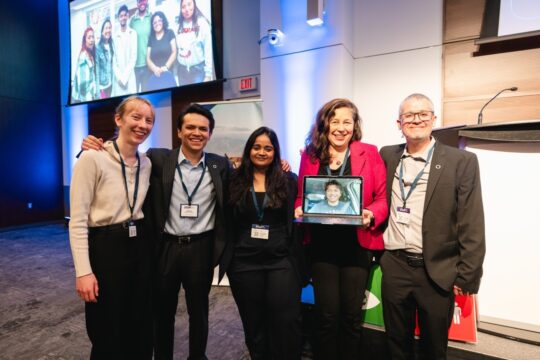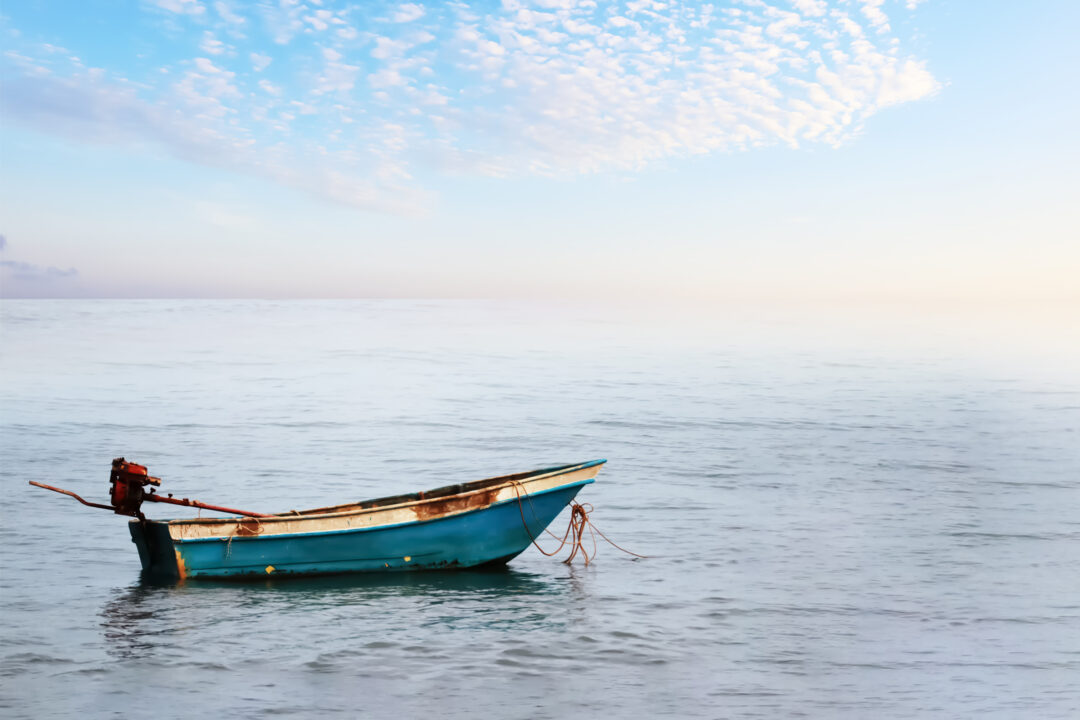In order to meet decarbonization targets, the demand from governments and companies around the world for minerals such as cobalt, nickel, and rare earth elements found at the ocean floor has made deep sea mining a subject of growing interest and discussion over the years. Competition for polymetallic nodules found at the bottom of the Pacific Ocean has urged the International Seabed Authority to grant exploration and exploitation licenses for the seabed, but there is still no regulatory framework to control the situation. The consequences it brings to the environment and, furthermore, to the communities that depend on it, are substantial; potential harm to fragile marine ecosystems, loss of biodiversity, and environmental pollution are on the top of the line.
History has shown that in the exploitation of resources, indigenous communities are frequently the most affected by pollution, receive the least benefits from the exploitation and their voices are very seldom considered. This case study seeks to bring visibility to these communities and ensure their involvement through human rights based decisions in building policies and guidelines that ensure accountability of the ISA’s future action plan on deep sea mining and its effect over the seas and nearby communities.






